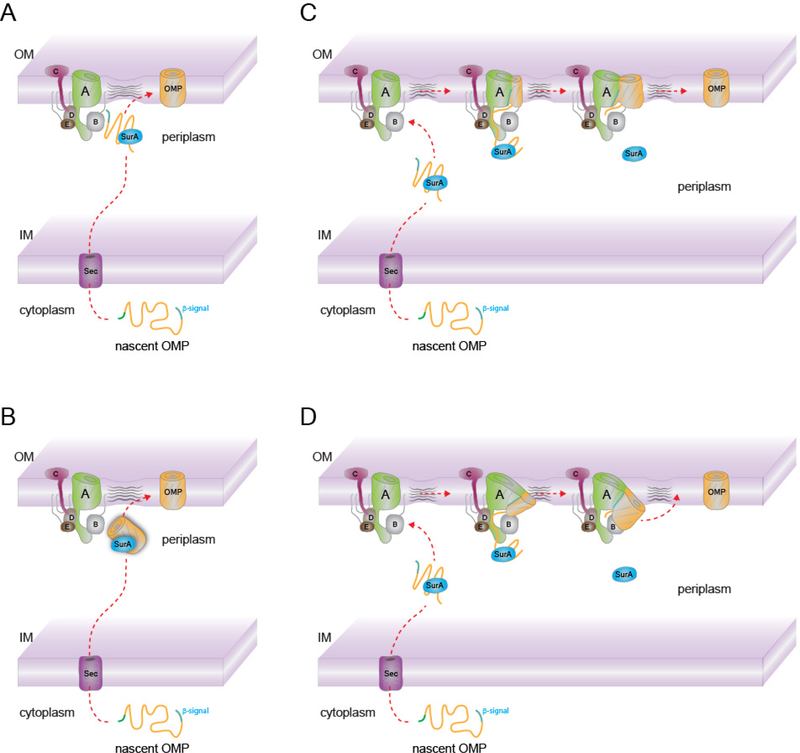Figure 6. Two leading theories for the role of BAM in the biogenesis of OMPs.
A. In the BamA-assisted model, BAM serves as a trafficking complex to localize OMPs at the outer membrane. The OMPs are then inserted directly into the membrane assisted by the local destabilization of the membrane by BamA. B. A variation of the BamA-assisted model is depicted where the nascent OMPs are partially or fully pre-folded prior to insertion by BAM. C. In the BamA-budding model, BAM serves to recruit the OMPs to the outer membrane and then the exposed edges of BamA’s barrel serve as a template for catalyzing the formation of a hybrid BamA:OMP barrel via β-augmentation. Each strand added nucleates formation of the next strand until strand exchange occurs within the new OMP, thereby completing the biogenesis process. To prevent the formation of a super-pore within the membrane, the new OMP is thought to ‘bud’ or bleb away from the BamA barrel. D. A recently proposed variation of the budding model, the ‘swing’ model proposes that the nascent OMPs are folded along the interface of the membrane and must undergo a BamA-mediated swinging motion to put them into the membrane.

